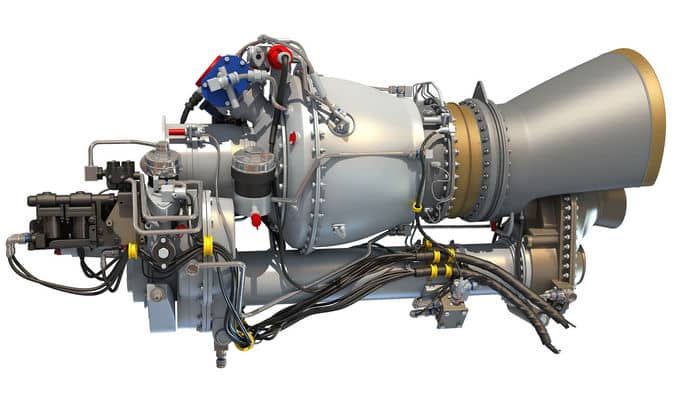In a helicopter, shaft power produced by the Turbo Shaft engine is used to run in the rotor. A turboshaft engine is a form of a gas turbine that has been optimized to produce shaft power rather than jet thrust which is produced by a Turbo-fan engine.
A turboshaft engine is made up of two major portions: the gas generator/combustion chamber and the power section. Both are mechanically separate so they can each rotate at different speeds.
1. the combustion chamber or the ‘gas generator’
This portion consists of the compressor, combustion chambers with ignitors and fuel nozzles, and turbines.
High-Pressure air is generated by the compressors. The compressor gets energy from a Turbine known as the “gas-producer” turbine.
2. the power section
The power section consists of stages of turbines, a gear reduction system, and the shaft output. The turbines in the power section are driven by the hot expanding gases generated at the gas generator chamber.
The power shaft which turns the rotor is powered by these stages of Turbines. The turbines are turned by hot and high-pressure gas flowing over the turbines. A set of stator blades guide the flow of air over the turbines and maintain the required flow velocity as well.
The synchronized operation of the gas chamber and the turbines in the power section provide the necessary power output at the power shaft.
Note: The gas Producer Turbine and the Power Turbine rotate independently using a co-axial shaft arrangement.

